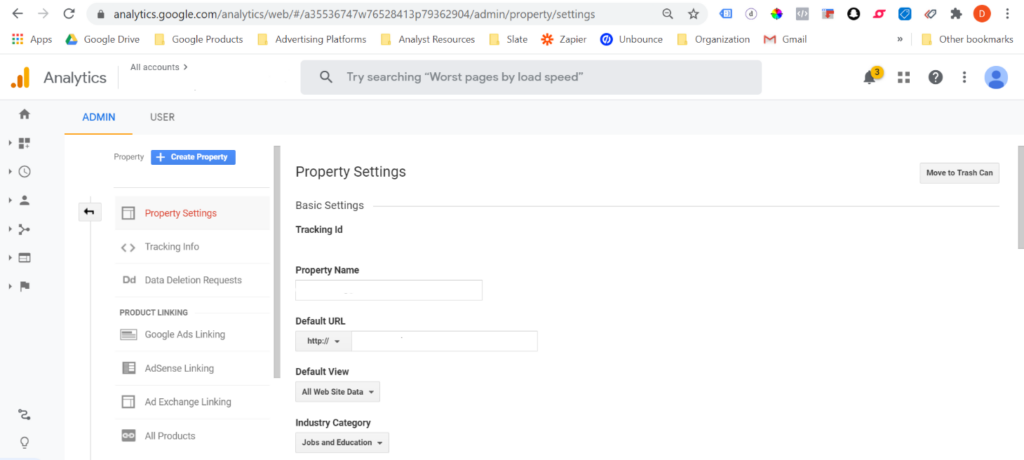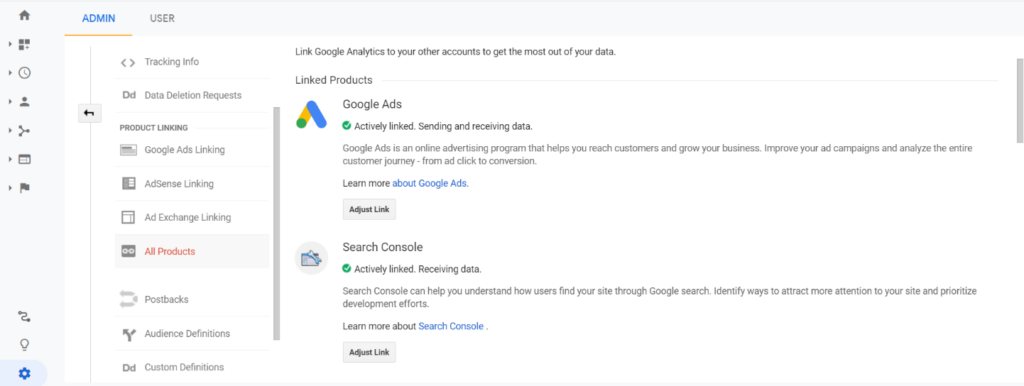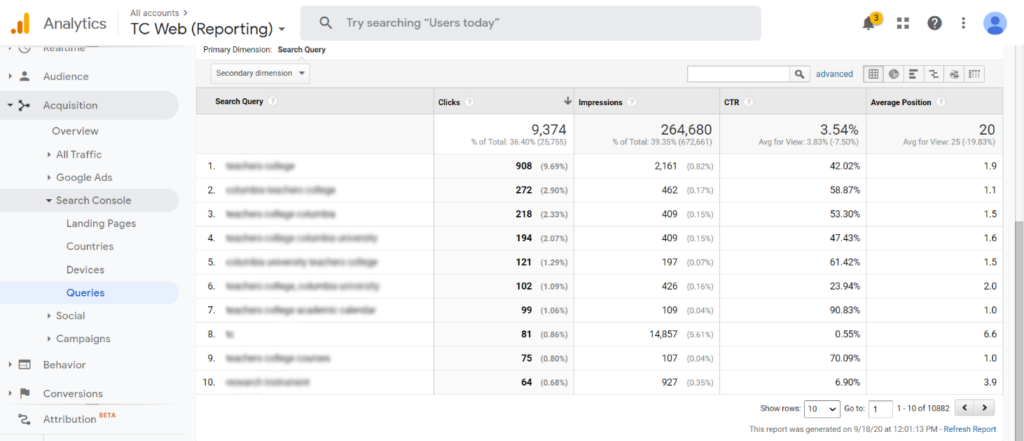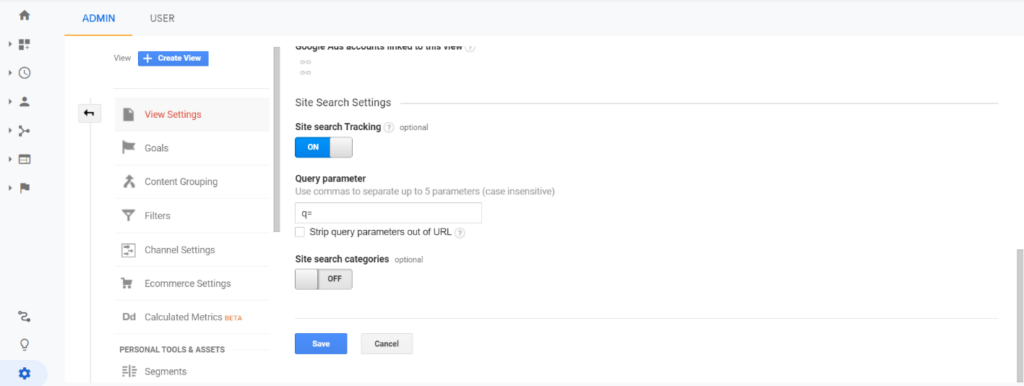enrollment
5 Google Analytics Settings and Features You Should Know About (and How to Enable Them)
It is no secret that Google Analytics has become a must-have for anyone that has or manages a website. The data and metrics that this Google product offers provide significant insight on website visitors that can help influence new content, optimize existing web pages, and evaluate top-performing landing pages.
Before we can dive into the best features of Google Analytics, we need to make sure that the account, property, and views are all set up to get the most out of time spent analyzing the metrics. Some of Google Analytics best settings aren’t the easiest to locate, so this guide should help uncover all of the settings and features that you should know about.
1. Default URL
To start things off, we will want to make sure that the basics are covered. The first hidden setting you should check is that the default URL is set to the correct page on your domain. The URL listed here should be the main URL used on the website (including the http:// or https:// version).
This can be located by going to Admin > View > View Settings > Default URL.

2. Bot Filtering
Bot traffic can be responsible for a high portion of website traffic (even up to 50 percent in some cases). Filtering out bot traffic is a responsible way to clean up Google Analytics website data and make informed decisions about where marketing or advertising efforts should be spent. Bot filtering should be enabled through a few different steps.
- Check the “Exclude all hits from known bots and spiders” option in Admin > View > View Settings > Exclude all hits from known bots and spiders
- Identify potential known bot traffic (unfamiliar referral domains, unknown repeat traffic, suspicious activity) and add those domains to the following section in the settings Property > Tracking Info > Referral Exclusion List

Filtering out bot traffic can clean up data within a few minutes of setup. Excluding domains from referral traffic like the few listed below can paint a much more accurate picture of where traffic is coming from.

3. Link Google AdWords and Google Search Console
Connecting the Google Suite of marketing and advertising products together opens the door for additional insights that would often be missed unless connected otherwise. Google Search Console offers keyword-driven data that can be applied to analyzing and optimizing the impact these have on the acquisition, audience, and content of the website. The Google Ads connection is responsible for integrating paid advertising campaigns with website data to bridge the gap between off-site marketing with on-site website data.
Connecting both Google Search Console and Google Analytics can be done by selecting Property > Product Linking > All Products

Once you connect the Google Search Console integration, you become eligible to an additional set of pages within Google Analytics to review such as top landing pages from search and queries.

4. Manual UTM Tagging
The Urchin Traffic Monitor tagging system (better known as UTMs) are an extremely efficient advertising tactic to take advantage of measuring performance of both paid and unpaid campaigns. It is important to know which platforms and content are the largest and highest contributors toward successful campaigning. Because of the important role UTM’s play, we can’t stress enough how important it is that those UTM’s are properly passed and logged into Google Analytics.
To ensure that the proper UTMs come through Google Analytics with how you have set them up (versus Google Analytics default auto-tagging setting), we encourage the following setting to be checked off:
Property > Property Settings > Allow manual tagging (UTM values) to override auto-tagging (GCLID values) for Google Ads and Search Ads 360 integration

5. Site Search
If you have a search bar on your website, it is best practice to track what users are searching for on the pages of your site. This is an import measure of understanding the behavior of the audience interacting with your content. When the Site Search setting is in place, Google Analytics can offer insight into the search terms people used on your website to find specific content within your pages.
Enabling this setting requires a two-step process. Begin by searching for “program” on your website and look at the URL for the search results page. You should see something like:
example.com/search?q=program
The character or word between the question mark or ampersand and the equals sign is your query parameter.
Now, visit:
Admin > View Settings > Set Site Search Tracking to ON > Enter the parameter(s) that indicate(s) a site search > Enable categories > Enter the parameter(s) that indicate(s) a category search > Apply

I hope you’ve found this information helpful. If you have any questions, please feel free to email me.
Talk with our digital and enrollment experts
We’re to help you find the right digital marketing and recruitment strategies. Let’s set up a time to talk.
